Two techniques for resisting In-Situ Polymerization of fabrics:
“Tie-Poly”: tie-die binding
Batik: application of hot wax
Part of a counterchemists collaboration.
Photos >> https://www.flickr.com/photos/plusea/albums/72157710354823622/page4/
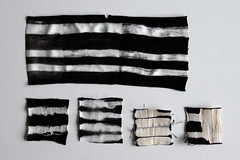

VIDEO
“Tie-Poly”
Tie-dye is a technique of binding off parts of a fabric in order to prohibit the water dye from penetrating into these regions. Scrunching the fabric and tying string tightly around folded/pleated/scrunched sections of fabric, or stretching over and binding around objects inserted in the fabric result in typical tie-dye style patternings.
The polymerization process of pyrrol can nicely be resisted via this style of binding technique, resulting in selectively polymerized fabrics of a visual style associated with hippie culture.
GLOVES
>> https://www.kobakant.at/DIY/?p=7823
LEGGINGS
>> https://www.kobakant.at/DIY/?p=7823



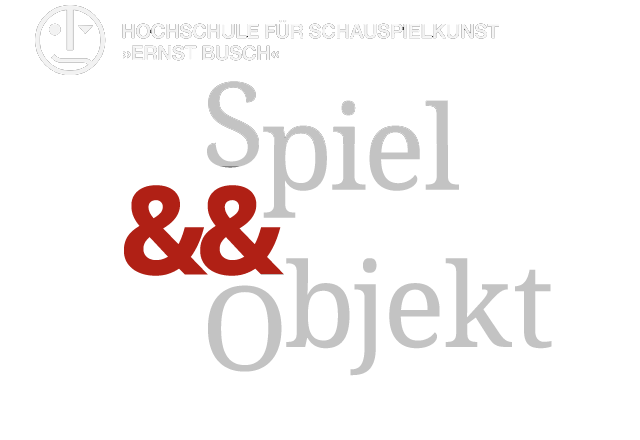
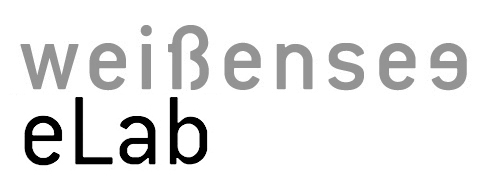




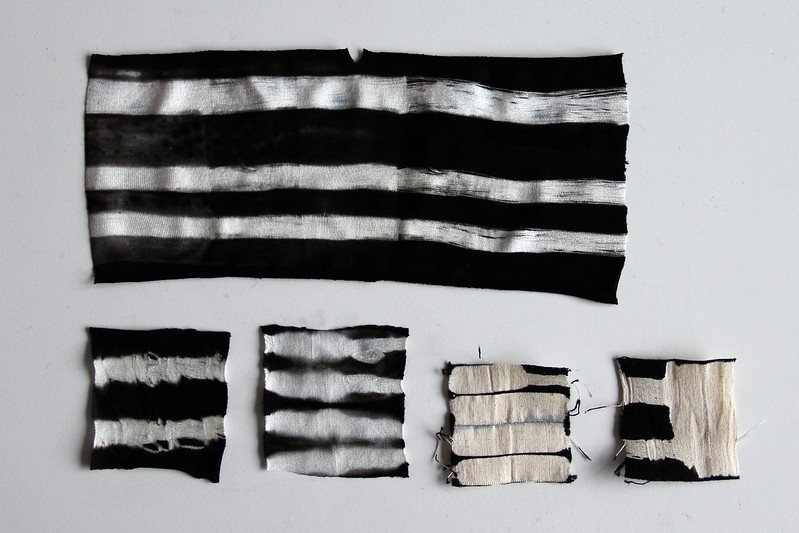

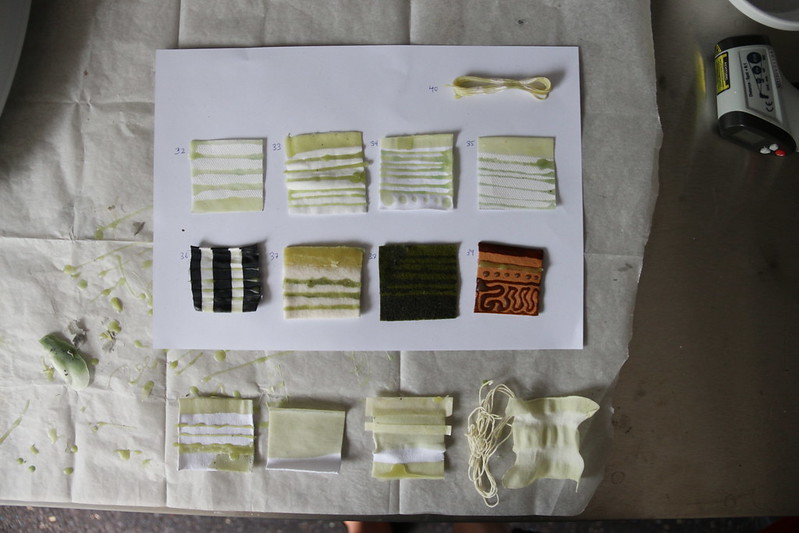



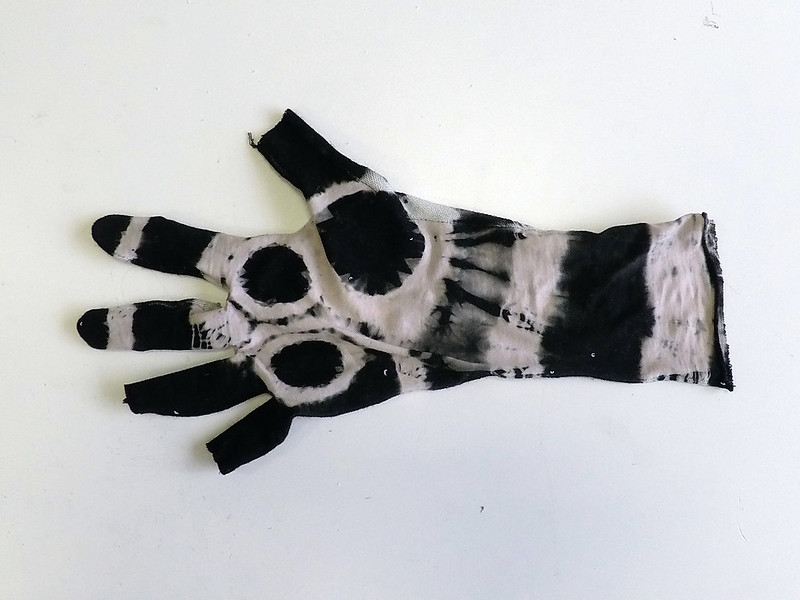

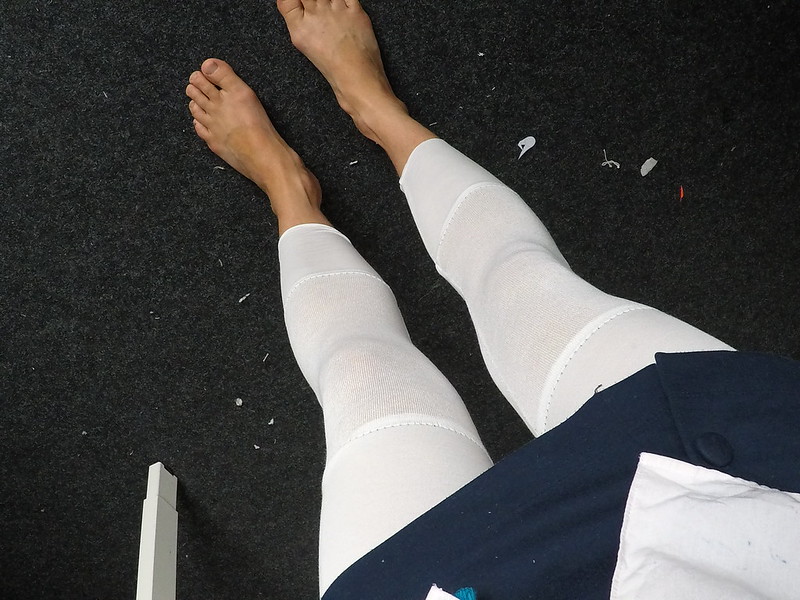

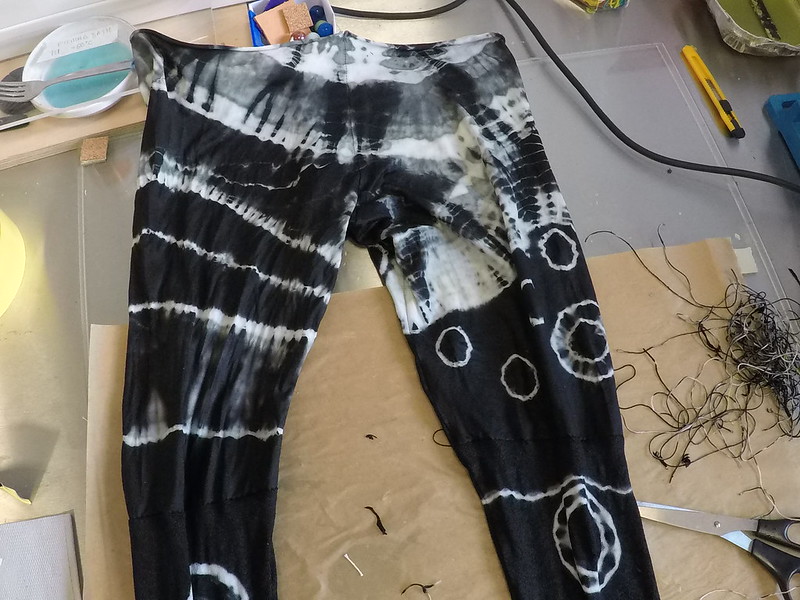

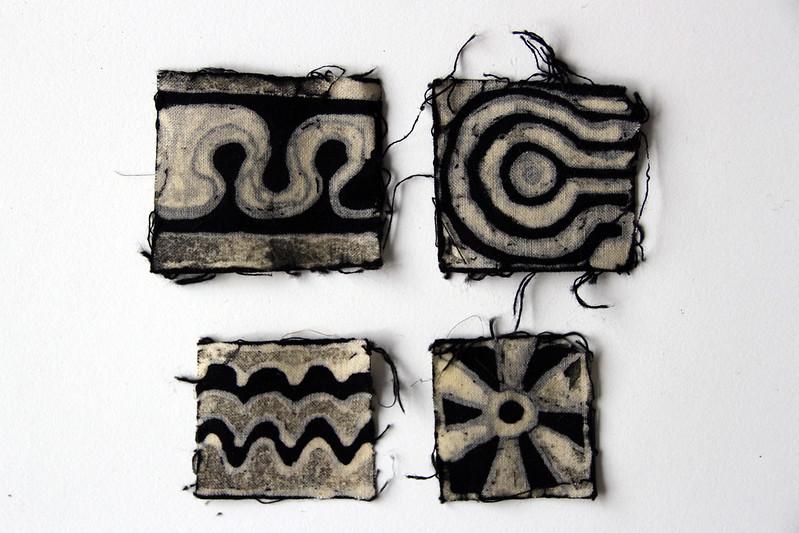


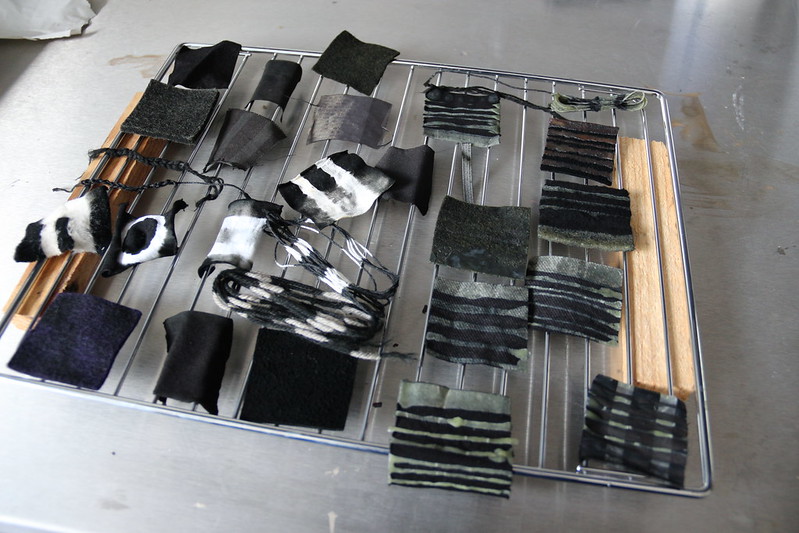

Leave a comment